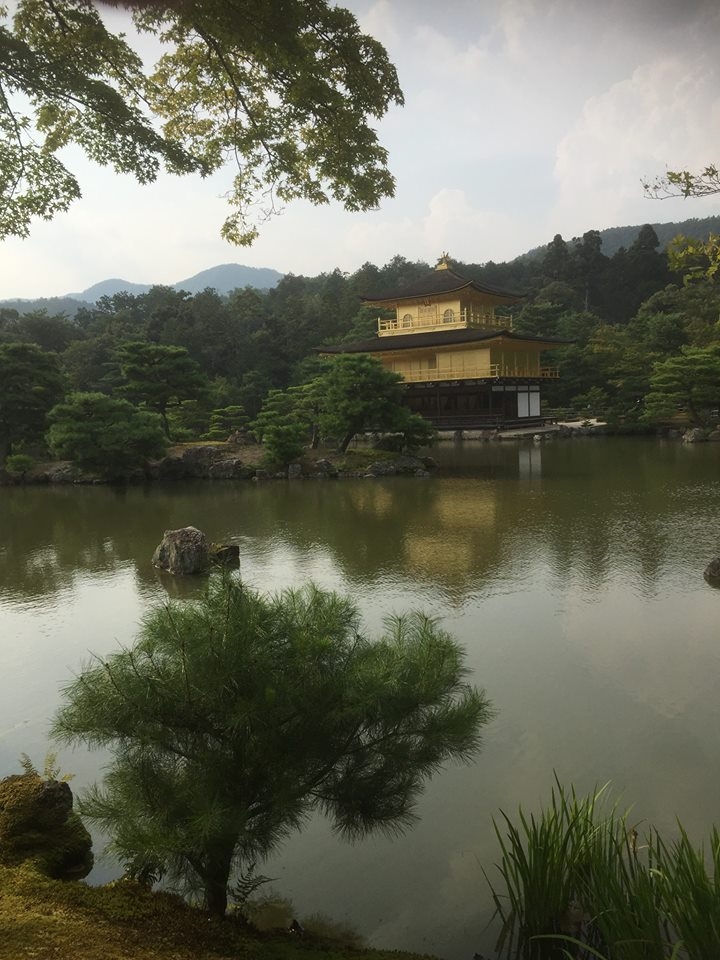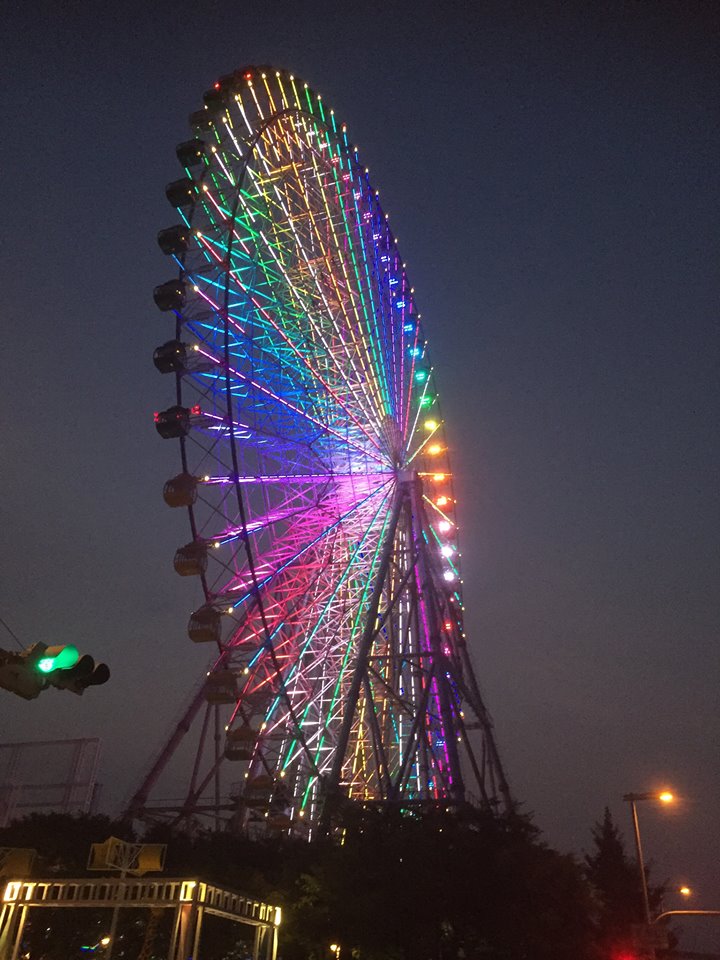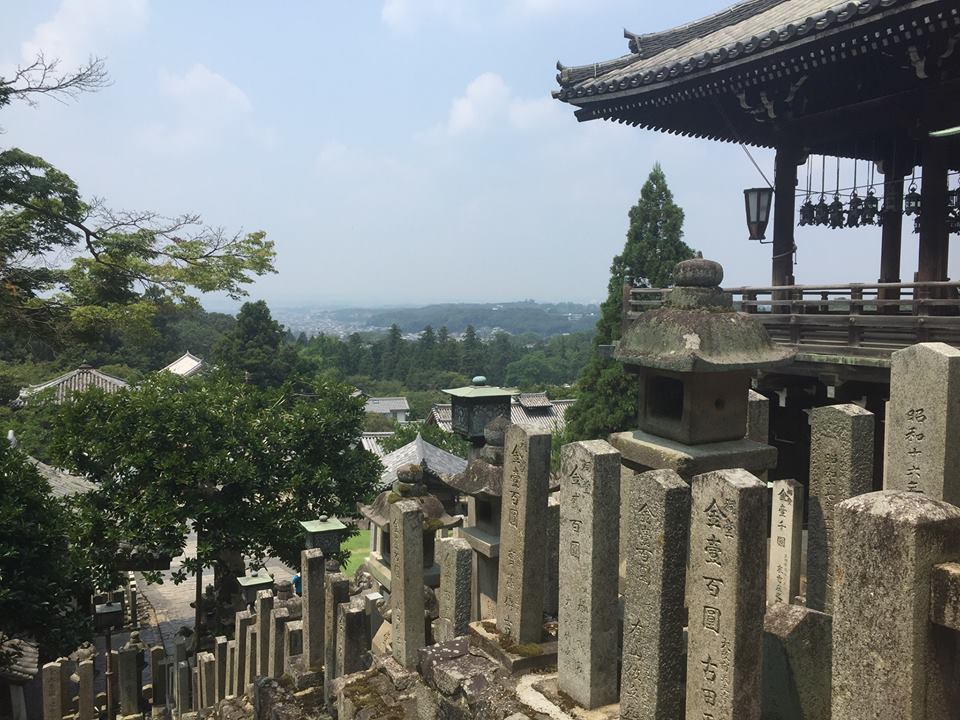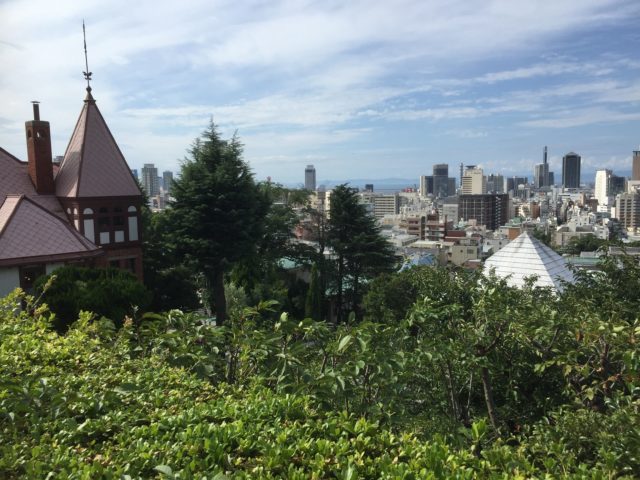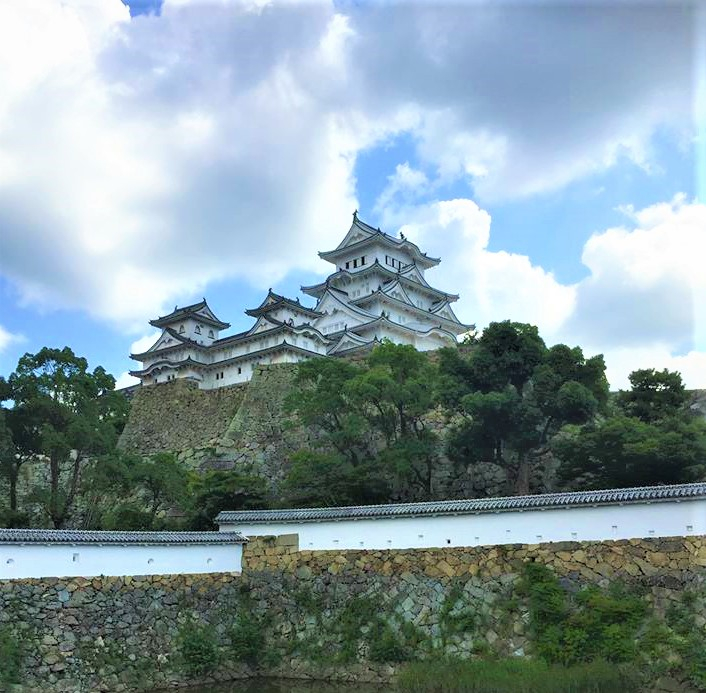Point Blank Steve
Back when I was living in Krakow, a band search on Myspace (yes, that long ago) brought me to an outfit going by the name of Alien Autopsy, who were plying their trade in Poznan. A few legendary collaborative gigs later, FG and AA were firm friends. Teaming up with the improbably named Jerzy Michal (George Michael) on drums, Steve’s bass held the beat like a champion, particularly on my favourite song “Abducted“, in which the protagonist apologises for his tardiness with the novel excuse of having been waylaid by alien skinheads. Believe it if you will!
But bashing the bass was not enough for Steve, who soon found himself at the helm of operations for Point Blank Poznan. I caught up with him over the interweb in his new old home of Teesside.
TM: Steve, what on earth possessed you to start up an English/Polish language local music fanzine in Poland?
SB: Quite simple, really. When I was playing in AA, it got to the point that I was only going to gigs that I was playing at, so starting up Point Blank Poznan seemed a good way to get myself on the scene a bit more, see other bands, meet other acts and do interviews and gig reviews. Since moving back to the UK, doing Point Blank Teesside has been a great way of getting involved in the scene over here.
TM: Why did you choose the name Point Blank?
SB: Back when me and my mate were ‘Us Vs Them’ teenage punks, we had an idea to publish a DIY mag called ‘Point Blank’ in which we’d spew out our socialist ideals and change the world. It never really happened! But the name stuck and I eventually used it for my music zine many years later.
TM: Nice. So how about funding? It can’t be a simple job getting the money to finance a free magazine.
SB: I’ve dabbled with advertisers over the years both in Poznan and here in Teesside. Sometimes the zine pays for itself, sometimes I find myself well out of pocket. It depends. But it’s always been 100% DIY and non-profit. That’s one thing that sets Point Blank apart from most other music publications and I think that’s one of the reasons it’s built up a reputation.
TM: What bands in the Poznan and Teesside areas should we all know more about?
SB: I was a little worried about how the scenes would compare moving from a bustling city like Poznan to Teesside, but there are so many bands here it’s incredible and such a great feeling of community. One positive thing about the Covid virus is that I’ve done a lot more writing and a lot more local bands have come forward for interviews. Some of my favourite local acts here on Teesside are “Benefits”, “The Thieves”, “Ceiling Demons” and “Avalanche Party”. “Bajzel” from Poznan is an amazing one-man act and has to be seen live to be fully appreciated. He’s been to Teesside twice and I’ve helped him get a couple of gigs over here.
TM: How big would you want Point Blank to grow in a perfect world and how do you see the future of live music after coronavirus?
SB: Ideally, you just want as many people as possible to appreciate what you do. The same as any artist, writer, band etc. I guess. I’m just hoping that once things get back to some kind of normality with Covid that the scene will come kicking back as strong as ever.
TM: Thoughts shared by many I’m sure. So a little more about you. Let’s start with an easy one. What’s the best gig you’ve ever been to?
SB: Wow. So I’ll go with Joe Strummer & The Mescaleros at Leeds Town and Country in 1999. Being a huge Clash fan, seeing Joe Strummer performing on stage was very emotional and it was one of the few gigs I’ve actually cried at (when he dedicated ‘Rock the Casbah’ to former Clash drummer Topper Headon). It was a perfect mix of new songs peppered with old classics such as ‘Safe European Home’, Rudie Can’t Fail’ and ‘Bankrobber’.
TM: Which of your own songs are you most proud of?
SB: During my 13 years in Poland I played in three bands, all great for different reasons. With Alien Autopsy, most of the songs were written by singers Shanny and Dave. However, it was when we formed Dead Members that song writing became more a ‘team effort’. So the song I’m most proud of was a Dead Members song called ‘Mary Black’. Me and guitarist Dave got down to the practice room early with an hour to kill. Dave jumped on the drums, I picked up my bass and we banged out this simple tune. The rest of the lads joined us and then the song took shape over the next couple of hours. It was poppy, it was positive and it got a great reception at gigs. I love it to this day as I basically helped write and shape the song.
TM: Cheers for the interview, Steve!
SB: Cheers! Take care.
(In a cyclical quirk of fate, I just so happened to interview Steve on the day he was publishing the 19th edition of Point Blank Teesside. He had ended up on a total of 19 with Point Blank Poznan, so the most recent issue brought balance to the schwartz).
I couldn’t resist putting up another AA track, which all those who have worked in call centres will sympathise with.
FIND OUT MORE
Point Blank Teesside website – Free PDFs
Point Blank Instagram – For bitesize goodness
Dead Members/Alien Autopsy YouTubePlaylist
Bajzel Video (Poznan recommendation)
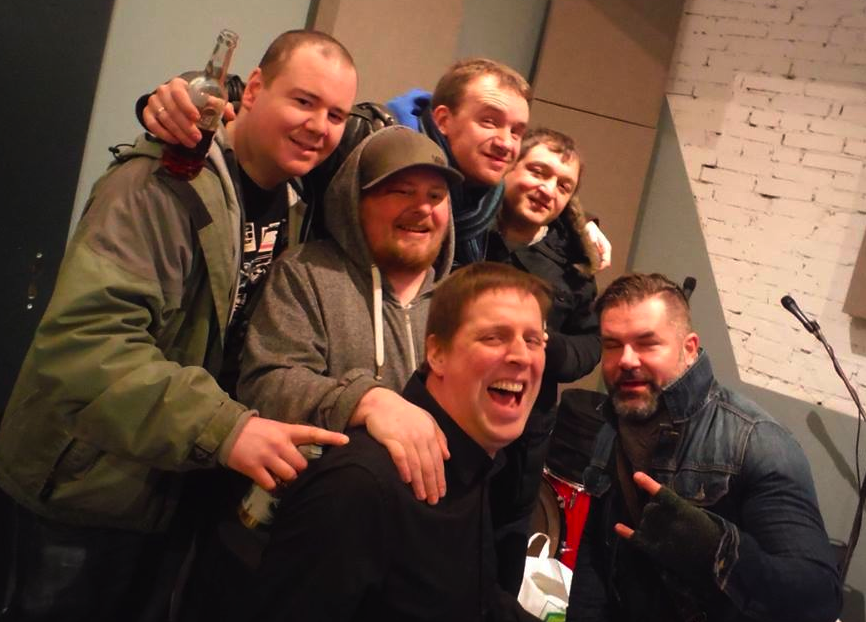
Where next?
Byeongnan’s battle to become a national artist in South Korea
Read about Mark, who’s helping to grow rugby in Poland.


